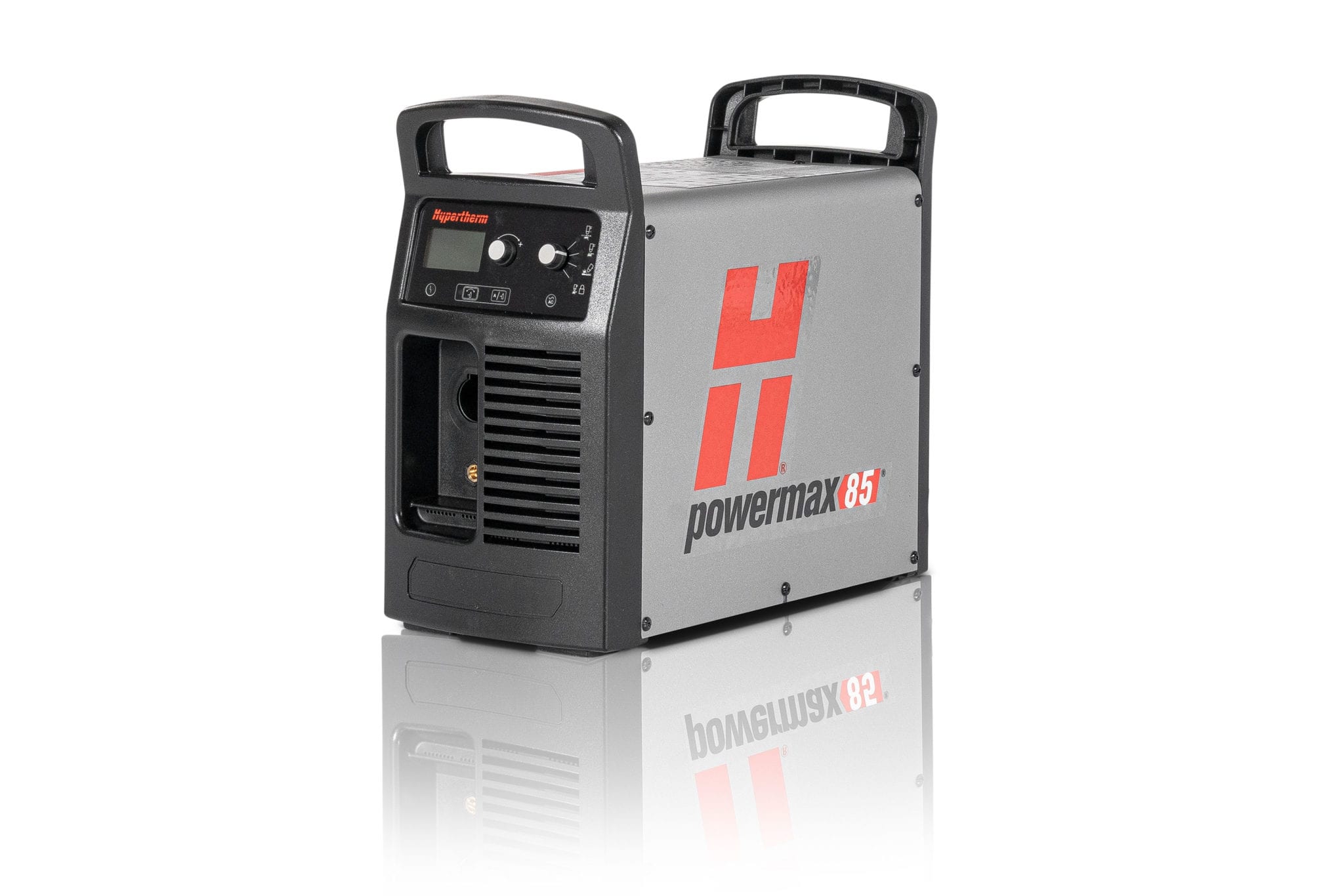

QNX Neutrino Initial Program Loader for ATMEL AT91SAM9263-EK Restart the board, hyperterminal will be showing following message.
#Hyperterm 6.4 serial
ģ.Ĝonnect serial cable with windows machine, and use any serial port application such as teraterm or hyperterminal, and attach it with COM device, with baud rate set as 115200.Ĥ. Intall "ActiveTcl8.5.90-win32-ix86-threaded.exe" i.e.TCL environment which is used by SAM-BA (any other TCL environment can also be used). It waits for transactions either on the USB device, or on the DBGU serial port.Ģ. This is followed by a remap and a jump to the first address of the SRAM.If no valid ARM vector sequence is found, SAM-BA Boot is then executed.
#Hyperterm 6.4 code
If a valid sequence is found, code is downloaded into the internal SRAM. This vector is used to store the size of the image to download. All these vectors must be B-branch or LDR load register instructions except for the sixth vector. It looks for a sequence of seven valid ARM exception vectors in a Data-Flash connected to the SPI. If no valid ARM vector sequence is found, the Data-Flash Boot program is then executed.If a valid application is found, this application is loaded into internal SRAM and executed by branching at address 0x0000_0000 after remap. The NAND Flash Boot program searches for a valid application in the NAND Flash memory. If the SD Card is not formatted or if boot.bin file is not found, NAND Flash Boot program is then executed.This is followed by a remap and a jump to the first address of the SRAM. If such a file is found, code is downloaded into the internal SRAM. Then the SD Card Boot program is executed, It looks for a boot.bin file in the root directory of a FAT12/16/32 formatted SD Card.
#Hyperterm 6.4 download
The Boot Program integrates different programs that manage download and/or upload into the different memories of the product.įirst, it initializes the Debug Unit serial port (DBGU) and the USB High Speed Device Port. Step 3A: Download the Bootable IFS image. # Combine the BINARY IPL with the BINARY OS ImageĬat. $/usr/bin/ntoarm-objcopy -input-format=elf32-littlearm -output-format=binary -R.data. # NOTE the image (ipl-ifs-at91sam9263.bin) must be built as binary, i.e. # script to build a binary IPL and boot image for ATMEL AT91SAM9263 Evaluation Kit board. Mkflashimage script creates a combined IPL/IFS image as ipl-ifs-at91sam9263.bin You can build an OS image from the source code or the binary components contained in a BSP package.įor instructions about building an OS image, please refer to the chapter Working with a BSP in the Building Embedded Systems manual.Īfter Building the BSP three bin files will be created in images directory. Connect the board with Windows Machine using USB Cable.

#Hyperterm 6.4 install
Install the SAM-BA application provided by Atmel.

Getting Started # Step 1: Connect your hardware #Ĭonnect the DEBUG port of the AT91SAM9263 board to the first serial port of your windows machine. USB cable to connect board with windows Machine.Windows Machine required SAM-BA appication to download the image on Data-Flash.Terminal emulation program (Qtalk, Momentics IDE Terminal, tip, HyperTerminal, etc.).Linux Red Hat 8 or 9, Linux Red Hat Enterprise Workstation 3 or 4, Red Hat Fedora Core 3 or 4, or SUSE 10.Microsoft Windows Vista, XP SP2 or SP3, 2000 SP4.QNX Momentics 6.4.0, one of the following host systems:.NAND Flash: Micron MT29F2G08AAC (256 MB) NAND Flash.SDRAM: 16-bit Micron MT48LC16M16A2 (64 MB) SDRAM.Board: Atmel at91sam9263-EK Evaluation Board.Release Notes for the QNX Neutrino 6.4.0 BSP for Atmel AT91SAM9263-EK Board # System requirements # Target system #


 0 kommentar(er)
0 kommentar(er)
